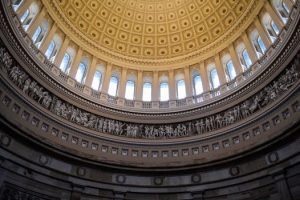Fractional Ownership 2.0: Tokenized Real Estate for Diversified Portfolios
In the world of real estate investing, there has always been a key barrier to entry – the high costs of owning a property outright. For many, investing in real estate has been a dream out of reach due to the large amounts of capital required. However, with recent advancements in technology and finance, a new trend has emerged that is shaking up the real estate world – fractional ownership 2.0, also known as tokenized real estate. In this article, we will explore how fractional ownership 2.0 is changing the game for investors by allowing them to diversify their portfolios with ease and efficiency.
The Rise of Fractional Ownership
Fractional ownership has been around for decades, allowing individuals to own a portion of a high-value asset instead of owning it outright. This concept has primarily been used in the luxury market, such as yachts and private jets. However, with the emergence of blockchain technology and smart contracts, fractional ownership is now reaching the real estate market.
With fractional ownership 2.0, investors can now purchase digital tokens that represent partial ownership of a property. These tokens are then stored on a blockchain, allowing for easy transfer of ownership and increased liquidity. This opens up a whole new world of investment opportunities for those who may not have been able to afford a full property on their own.
The Benefits of Tokenized Real Estate
Diversification
One of the biggest advantages of fractional ownership 2.0 is the ability to diversify your real estate portfolio. By owning a fraction of multiple properties, investors can spread their risk and potentially see higher returns. This is especially beneficial for those who may not have the capital to invest in multiple properties outright.
Lower Barriers to Entry
Tokenized real estate also provides a lower barrier to entry for investors. Traditionally, investing in real estate required large sums of money and limited access to certain markets. With fractional ownership, investors can purchase tokens for as little as $1, making it more accessible to a wider range of individuals.
Increased Liquidity
One of the biggest challenges with traditional real estate investments is the lack of liquidity. It can be difficult to sell a property quickly, which can tie up funds and limit investment options. With tokenized real estate, investors have the ability to buy and sell tokens on secondary markets with ease, providing a level of liquidity that was previously unavailable in the real estate market.
The Future of Tokenized Real Estate
The potential for tokenized real estate is immense, with some experts predicting it to be the future of real estate investing. The technology behind fractional ownership 2.0 allows for a more efficient and secure way of investing in real estate. It also has the potential to open up the market to a broader range of investors, including international investors who may face restrictions or barriers when investing in traditional real estate.
Furthermore, the potential for tokenized real estate to integrate with other technologies, such as artificial intelligence and virtual reality, could provide even more benefits for investors. With the ability to analyze and predict future market trends and offering virtual property tours, the potential for increased returns and decreased risk is significant.
Conclusion
Fractional ownership 2.0, also known as tokenized real estate, is revolutionizing the way we invest in real estate. It offers benefits such as diversification, lower entry barriers, and increased liquidity, making it an attractive option for investors. With the potential for even further advancements and integration with other technologies, it is undeniable that tokenized real estate is the future of investing in real estate and creating diversified portfolios.










